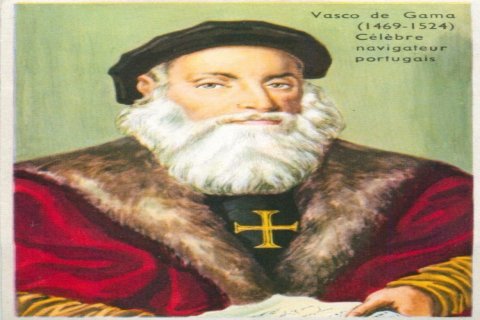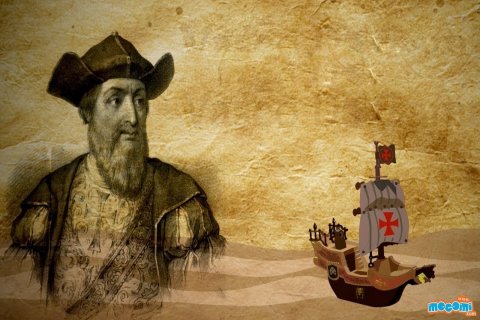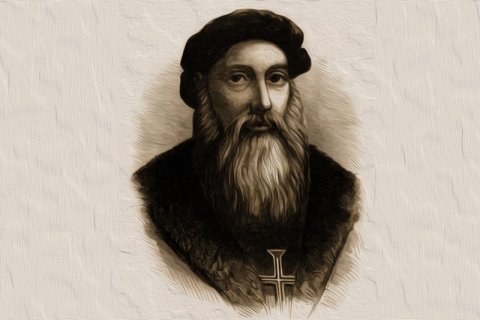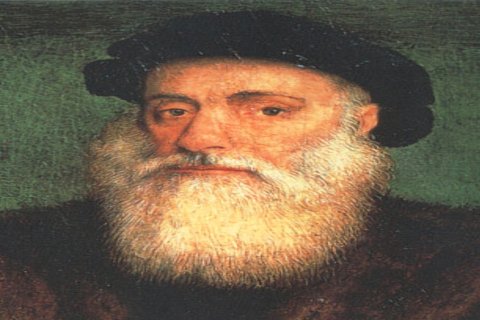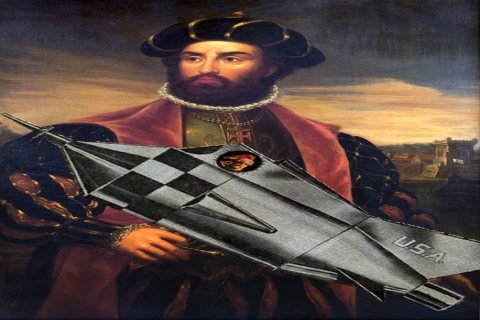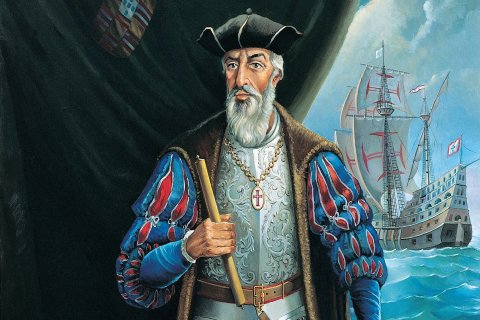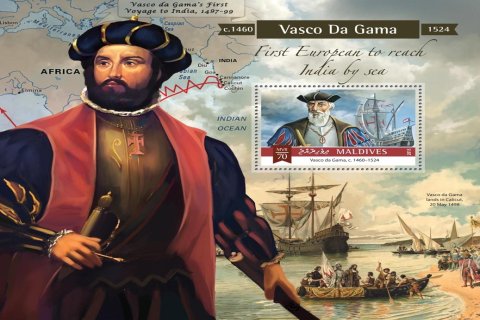Vasco da Gama
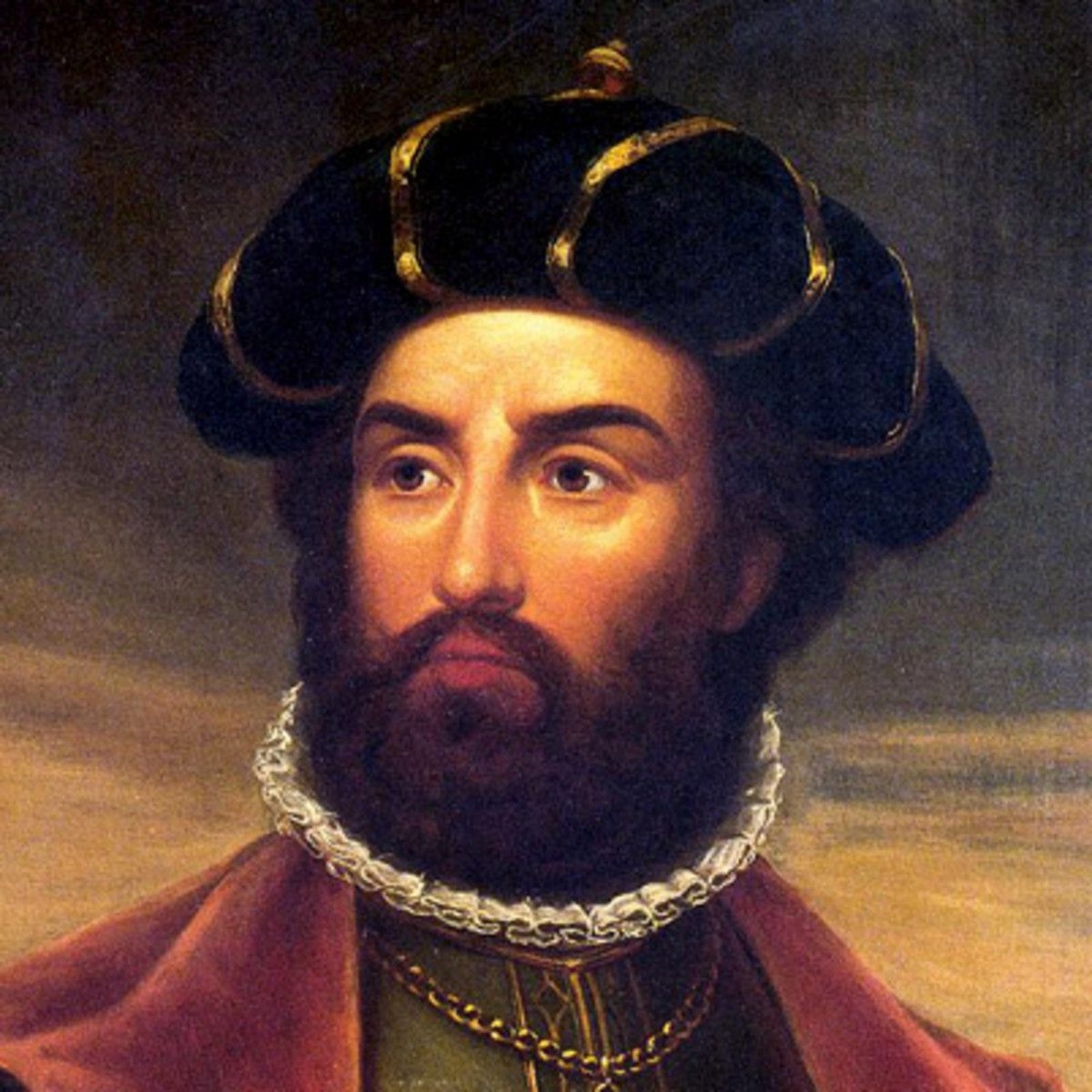
Vasco da Gama: The Portuguese Explorer Who Pioneered the Sea Route to India
Early Life:
Vasco da Gama was born in Sines, Portugal, in 1460 or 1469. Little is known about his early life, but he is believed to have come from a noble family of navigators and explorers. As a young man, he likely received a comprehensive education in mathematics, astronomy, and navigation.
Exploration of the Sea Route to India:
Da Gama's most famous achievement was his voyage to India in 1497-1499. Inspired by the exploration of Africa's west coast by Portuguese explorers like Bartolomeu Dias, da Gama set out to find a sea route to India, a major trading hub for spices and other valuable goods.
With a fleet of four ships, da Gama sailed down the west coast of Africa, rounded the Cape of Good Hope, and crossed the Indian Ocean. After a long and challenging journey, he arrived in Calicut (modern-day Kozhikode) on the Malabar Coast of India in May 1498.
Da Gama's arrival in India marked a significant milestone in European exploration and trade. He established diplomatic and trade relations with the local rulers and purchased valuable spices like pepper and cinnamon. However, he faced resistance from Arab traders, who dominated the spice trade in the region.
Return to Portugal and Later Voyages:
Da Gama returned to Portugal in 1499 as a national hero. He was received with great honor and rewarded by King Manuel I with a generous pension and the title "Admiral of the Seas of Arabia."
In 1502, da Gama led a second expedition to India with a larger fleet of ships. This time, he was determined to establish a Portuguese trading post in India. He successfully conquered and fortified the city of Cochin on the Malabar Coast.
Da Gama made a third voyage to India in 1524, serving as the Viceroy of Portuguese India. He died in Cochin in December 1524, leaving behind a lasting legacy as one of the greatest explorers of the Age of Discovery.
Legacy:
Vasco da Gama's pioneering voyage to India opened up new trade routes between Europe and Asia, transforming global trade and commerce. His achievement inspired subsequent European explorers to embark on expeditions to the East, leading to the Portuguese empire's expansion in Asia and the Age of Exploration.
Da Gama's voyage also had a significant impact on cartography and the understanding of global geography. His detailed accounts and maps of the lands he visited contributed to the creation of more accurate world maps and helped shape European perceptions of the world.
In popular culture, Vasco da Gama remains an iconic figure associated with exploration and discovery. His name has been used for ships, cities, and institutions, and his accomplishments continue to be celebrated in Portugal and around the world.

